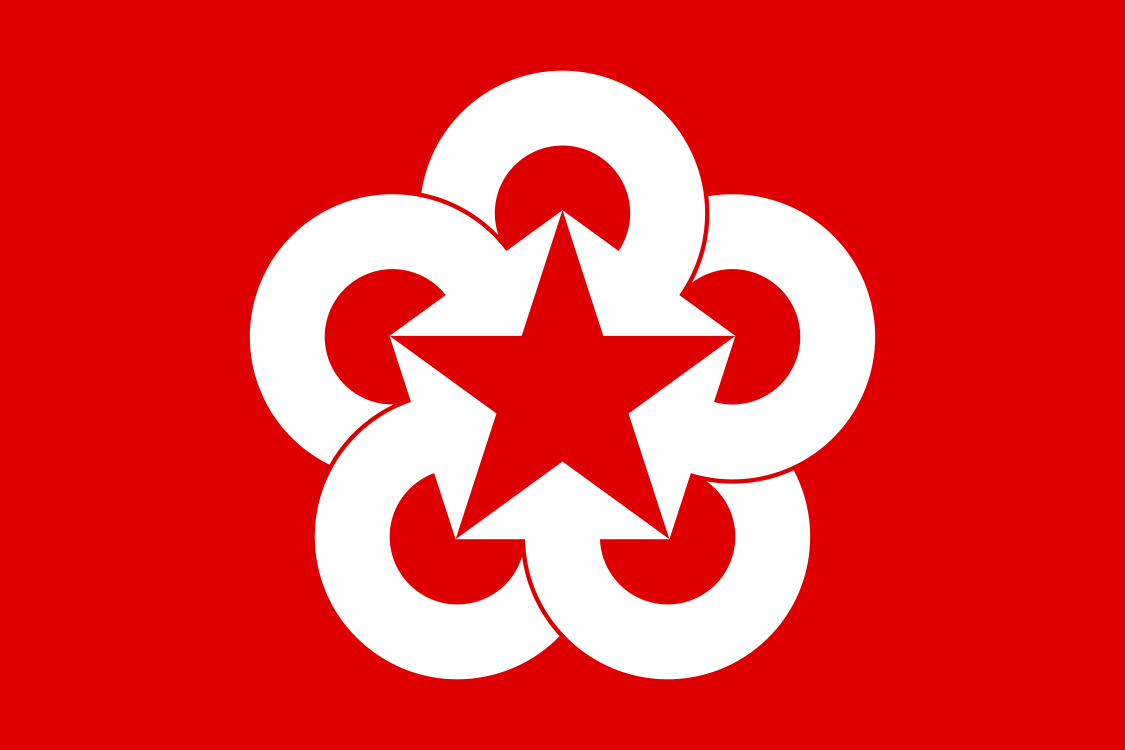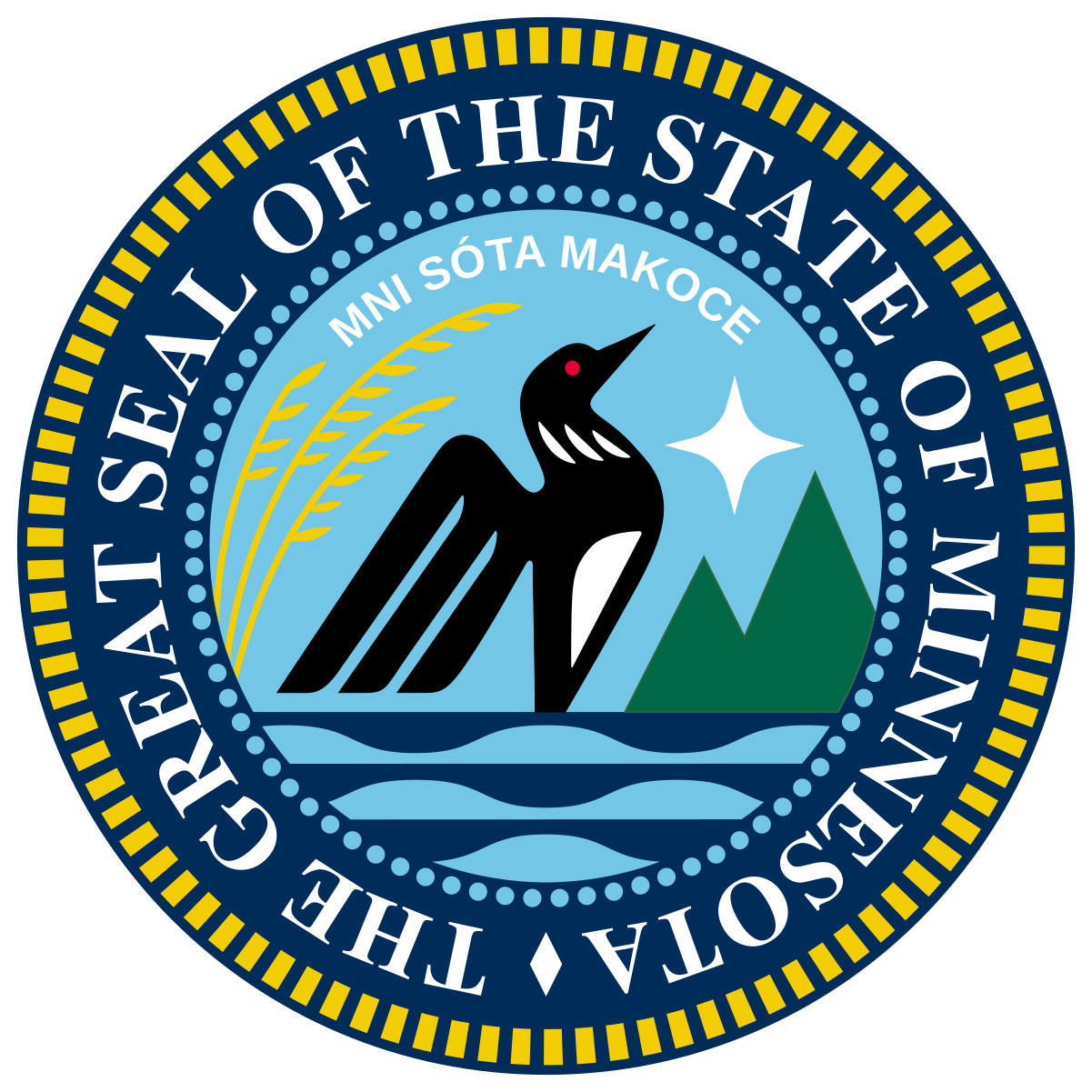

I’ve had a years long joke for whenever “Europe isn’t racist” comes up that goes like
“A fun game I like to play is to go to any subreddit and mention Roma people in any context. Then I time how long it takes for someone to barge in with a story about how their cousins brother’s aunt’s business partner’s ex wife’s girlfriend was pickpocketted in Rome in 1953 and that’s why Hitler had some good points”.
It’s not a joke though. It’s not a joke at all. : (



















That is beautiful.